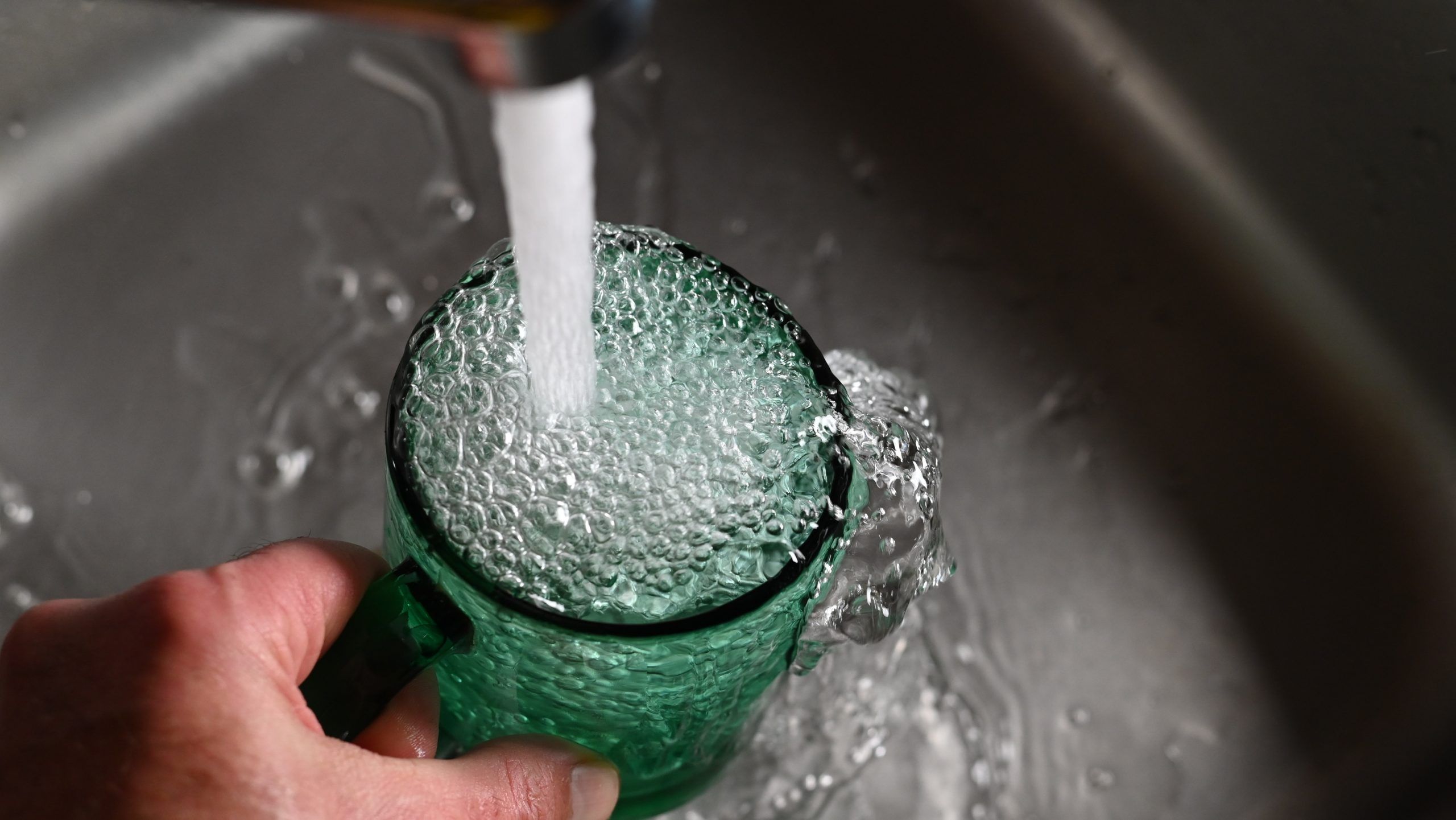
How Architecture Can Help to Save Water in the Home
Following in the footsteps of climate change and reducing our carbon footprint, saving water is slowly making its way into the public consciousness as a serious topic. Potable water (water that is safe to ingest) makes up just 3% of the total volume of water on Earth and is a finite resource. To ensure there is safe water for future generations, we need to start looking at ways to save water now, before it’s too late.
Whilst the issue needs to be tackled on a global scale, we can all start by looking closer to home. As an architectural firm ourselves, naturally, Munday + Cramer are interested in how architecture and decisions made whilst building and fitting homes can help homeowners save water.
Rainwater Harvesting Systems
Considering the UK’s climate, the vast majority of us are no strangers to regular rainfall over the course of the year, and yet most households fail to collect and reuse it as a sustainable water source. Unfortunately, most urban areas produce large amounts of pollutants which, partnered with atmospheric pollutants and particles, makes the majority of rainwater unpotable. However, this doesn’t mean that it can’t be put to other uses around your home.
Rainwater harvesting systems involve the collection of rainwater from the roof of your house, connecting it to an underground tank via the downpipe, allowing the water to be redistributed across various household appliances. The harvested water can be used for gardening, flushing toilets, supplying washing machines, and more, significantly reducing your household’s dependence on mains water. The most common variant is a direct-pumped (Submersible) system, with the reusable water not only developing your home’s sustainability, but also slicing down your water bills.
New build homes can be designed in a way to optimally collect water off of roofing and drainage, especially if there is some scope for creativity. This can be a little tougher with pre-existing buildings, as you have to work with the architecture that is already in place, but there is still a lot of scope for harvesting rainwater and save water in the long-run.
Instant Hot Water Systems to Save Water Waste
For the majority of us, turning on the tap or the showerhead and waiting for the water to heat up is part of our daily routine. Whilst this may only take 10-15 seconds at a time, over the course of month, or a year, it adds up. To rectify this issue, instant hot water systems can be used instead. These tankless systems completely eliminate this waiting time by providing instantly heated water to your appliances, reducing both wasted water and your water bills over the course of their lifetime.
Low Pressure Plumbing
When we shower, or use a sink, we often have water blasting out of the taps much faster than we need. This leads to a lot of waste water if it is heading straight down the plughole. To save water you can install valves in the plumbing that regulate the flow of water to whatever level you set. These will often pay for themselves within a year, so they are economical and good for the environment!
There are also special fixtures you can use, such as showers and toilets with enhanced pressure technology and using automatic sensors on taps. These are great ways of saving water, although they will take longer to pay for themselves. They are all great additions to the home for anyone that is environmentally conscious.
5 Tips to help save water at home
Integrating improvements into the designs and layouts of your home is not the only way to improve your water usage efficiency. There are various approaches and measures that you can take to help cut down on your usage, with many of them costing you nothing but your time. Some of the simplest directions you could take include:
- Leakproofing can be a great way to minimise water wastage whilst still maintaining your same lifestyle. Small leaks in pipes or taps can quickly build up, and if left unchecked can lead to a large loss of water over time.
- Use a shower timer to limit the number of lengthy showers taken.
- Switch to modern dishwashers with a water preservation system and away from handwashing your dishes under a running tap.
- Turn off the tap when you brush your teeth.
- Invest in water-efficient household products such as showerheads, taps and more.
Contact Us
With over 30 years of experience in the industry, Munday + Cramer are perfectly positioned to work on architectural projects. We are a multi-disciplined agency and thus can oversee entire projects, from surveying, procurement and architectural design, managing everything right through to the end product.
For more information on how the team here at Munday + Cramer can help in this process, or if you would like to find out more about our building surveying services, operating in Essex, London, Kent, Norfolk, Suffolk and across the rest of the UK then get in touch! Contact Munday + Cramer today on 01245 326 200.